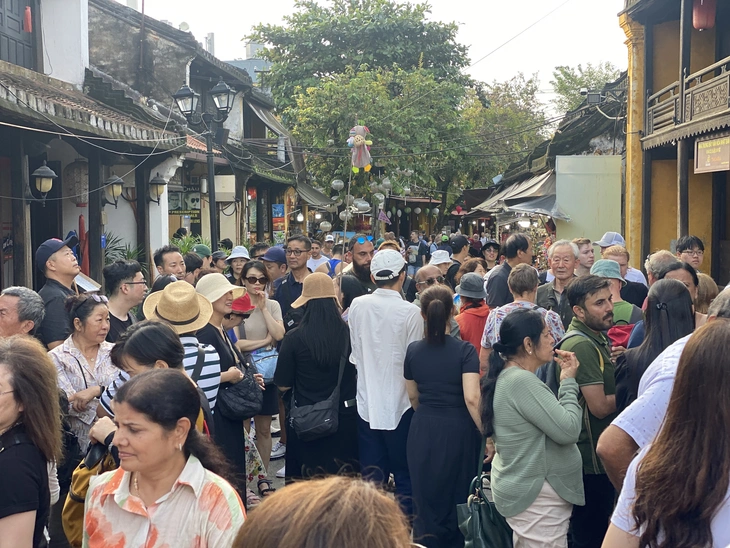
Hoi An Ancient Town rush hour - Photo: BD
These days, tourists still flock from all the roads to the center of the old town. Craft villages, especially Cam Thanh coconut forest and Thanh Ha pottery village, are still very crowded.
What is quite noticeable in Hoi An compared to other places is that there are very few trash cans, plastic bags and as much trash as in other places.
Hoi An is small so we have to reduce hazardous waste.
Cua Dai Wharf is the place where plastic bags and solid waste are controlled to prevent them from being sent to Cu Lao Cham Island, the most strictly in Hoi An.
Over the years, the regulation of not bringing plastic bags onto the island has become a habit for every tourist and canoe owner.
At the pier, signs reminding guests not to bring plastic bags are put up for guests to understand. When guests board the boat, the staff on duty also stands at the bow of the canoe to monitor and ask guests to absolutely not use plastic bags when going to the island.
Going to purely tourist villages like Bai Huong, Bai Ong… one hardly sees people using plastic bags. People said that the community has long switched to many types of reusable bags and containers that are environmentally friendly.
"My family bought a plastic basket to carry things when going to the market. When we need to wrap things, we use paper bags or cloth bags. People in Cu Lao Cham almost no longer use plastic bags because this is a tourist island" - said Ms. Nguyen Thi Hai, Cam hamlet, Cu Lao Cham ( Da Nang city).
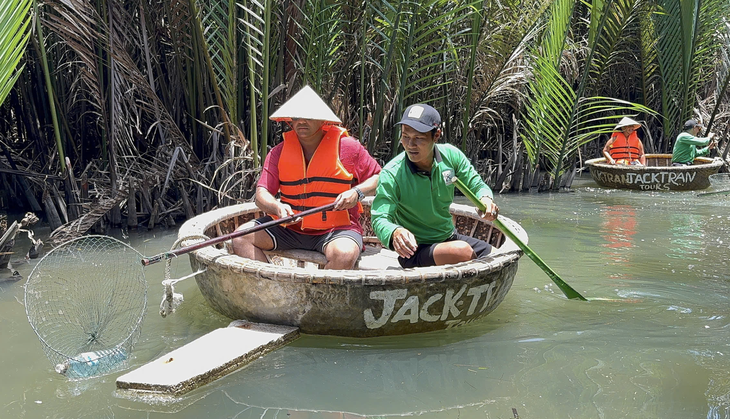
Jack Tran Tours Hoi An travel company takes tourists to collect trash in Cam Thanh coconut forest - Photo: BD
At the 5-star Silk Sense Hoi An resort, there is a whole set of processes to control the input and output of waste. Goods imported into the resort and restaurants prioritize choosing environmentally friendly packaging.
Mr. Tran Thai Do, owner of Silk Sense Hoi An, said that the business has invested heavily in processes to reduce plastic waste and nylon bags in the accommodation area.
"Room items such as toothpaste, soap bags, razor bags, water bottles, etc. are all packaged in paper and bamboo boxes," said Mr. Do.
When "no waste, no plastic bags" is a tourism product
Many zero-waste models have been implemented in Hoi An, such as shops and tourist establishments signing a commitment not to use plastic bags or disposable plastic products; and rural markets not using plastic bags.
Most recently, Hoi An has turned two streets in the old town into model streets, applying regulations against using plastic bags and single-use plastic products. However, most of them are still mainly implemented by the community, some models have been put into operation but cannot be maintained for a long time because of high costs, while plastic products are too convenient.
Mr. Le Hoang Ha, director of Duy Nhat Hoi An Tourism Service Company Limited, said that the company is organizing tours for high-class guests. During the tour and meal organization for guests in the restaurant next to the rice fields in Hoi An Dong ward, almost no plastic bags or single-use plastic items are used.
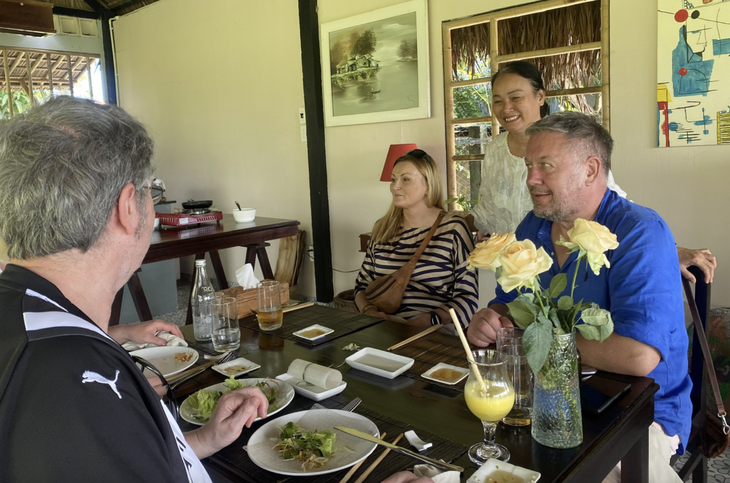
Simple meals, rich in culture and following zero-waste procedures are operated by businesses in Hoi An - Photo: BD
According to Mr. Ha, this is not only beneficial for the environment but also a trend and a current demand of tourists in the face of the rising trend of responsible tourism.
Similarly, Mr. Tran Van Khoa - Director of Jack Chan Tours Hoi An Company - also said that for a long time the company has organized sightseeing tours for guests but almost never uses plastic bags or any disposable plastic items.
Guests get to experience the eco-village and learn about how Hoi An residents and businesses treat the environment. Not only that, the company also takes guests on a bamboo basket boat trip into Cam Thanh coconut forest to collect trash and plastic bags floating upstream. These tours are not the main activities but are highly appreciated by guests.
Hoi An aims to become a cultural, ecological and environmental urban area
Hoi An used to be a city with many communes and wards, with an area of about 64 square kilometers and more than 100,000 people. Due to the narrow space and the large number of visitors every day, as an inevitable choice, the people and the tourism community realized that they had to reduce waste, especially limit plastic bags and single-use plastic items to make tourism sustainable.
The government also organized some areas for people to separate organic waste and hazardous waste. Every week, trucks take turns collecting each type of waste and then bring it to the treatment plant. On average, more than 100 tons of waste are sent to the treatment areas every day.
Source: https://tuoitre.vn/cac-mo-hinh-cai-tui-ni-long-o-hoi-an-gio-ra-sao-20250715160115568.htm








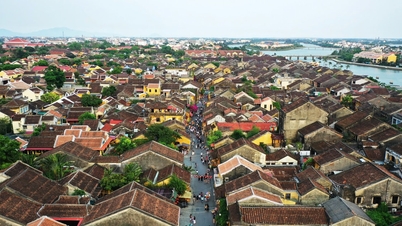

![[Video] Protecting World Heritage from Extreme Climate Change](https://vphoto.vietnam.vn/thumb/402x226/vietnam/resource/IMAGE/2025/12/03/1764721929017_dung00-57-35-42982still012-jpg.webp)





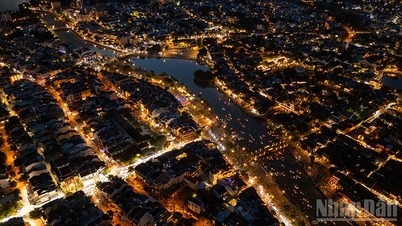
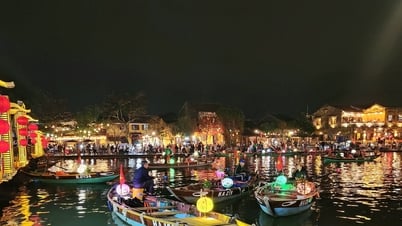
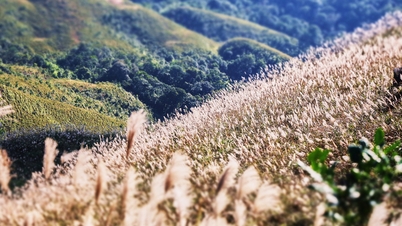

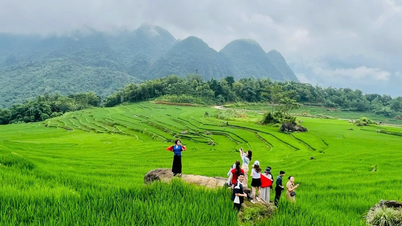



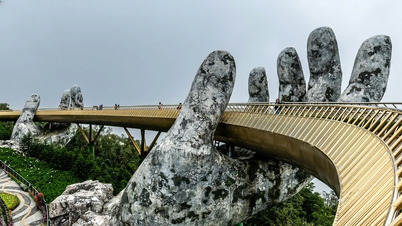
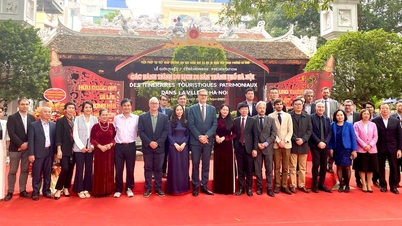











![[Photo] Parade to celebrate the 50th anniversary of Laos' National Day](/_next/image?url=https%3A%2F%2Fvphoto.vietnam.vn%2Fthumb%2F1200x675%2Fvietnam%2Fresource%2FIMAGE%2F2025%2F12%2F02%2F1764691918289_ndo_br_0-jpg.webp&w=3840&q=75)
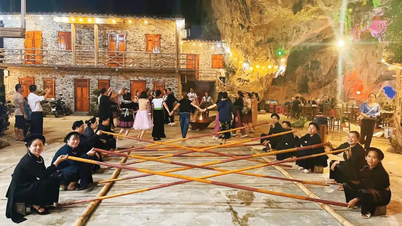

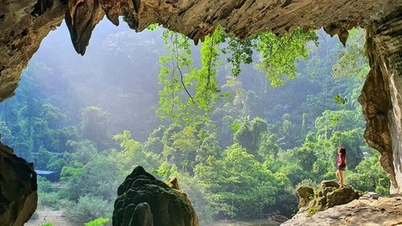
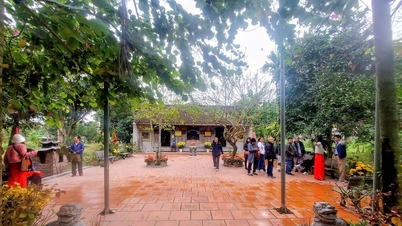






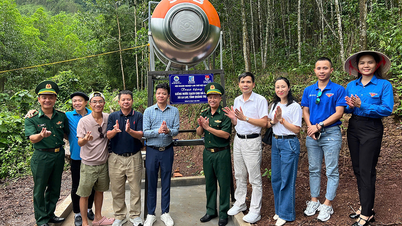




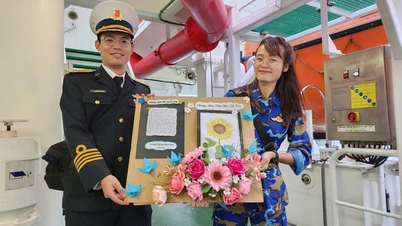





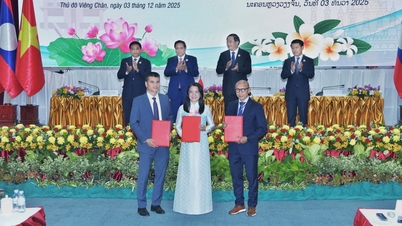
















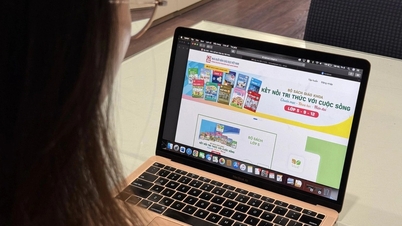











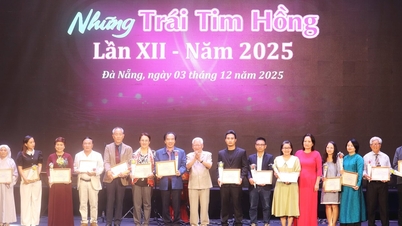
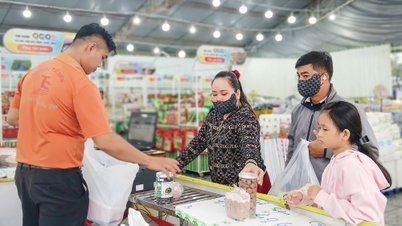



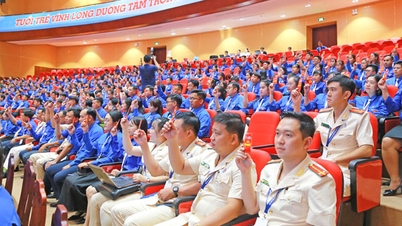
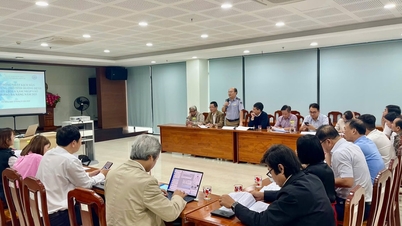
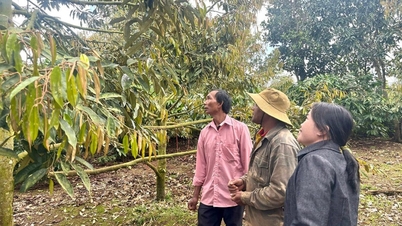














Comment (0)